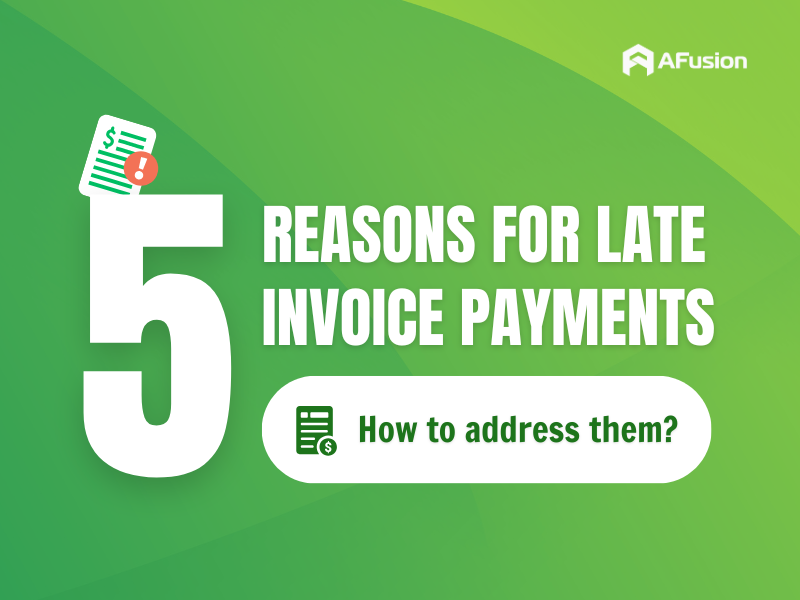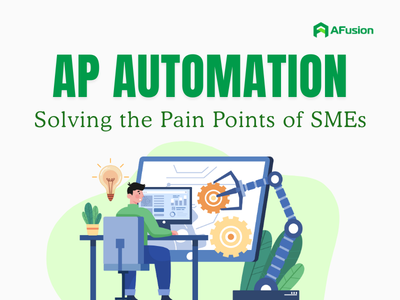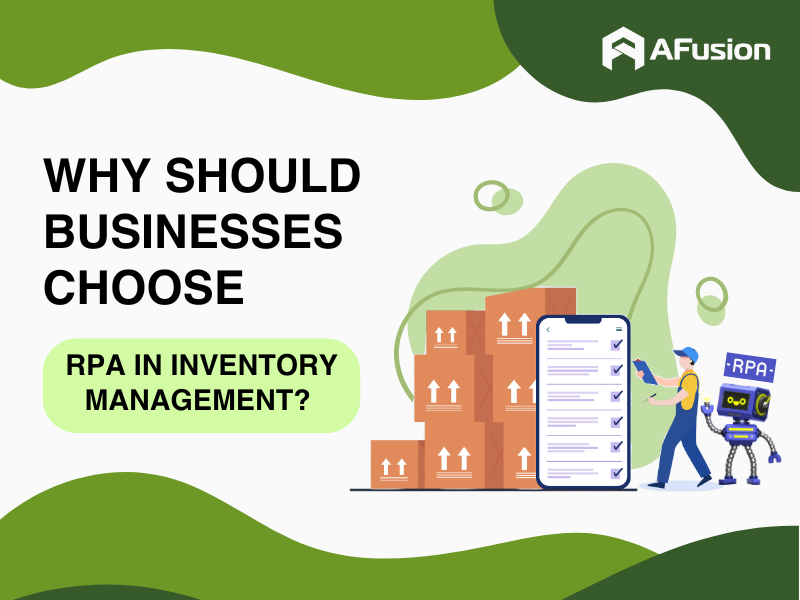Resources > Blog > 48> Streamline Your Workflow: Automated Invoice Processing with OCR
Streamline Your Workflow: Automated Invoice Processing with OCR
In today’s fast-moving business environment, finance teams are under growing pressure to handle large volumes of invoices with speed, accuracy, and limited resources. Traditional manual processes slow things down, create bottlenecks, and introduce costly errors. Delays in payments, lost invoices, and poor vendor relationships are common issues resulting from outdated methods.

What Is Automated Invoice Processing?
Automated invoice processing is the use of smart software to handle the full invoice lifecycle, starting from receipt to final payment. Instead of manually entering invoice data, the system captures it, validates it, routes it for approval, and schedules it for payment.
The process is powered by technologies such as invoice OCR software. OCR, or Optical Character Recognition, allows the system to read and convert invoice data from various formats like scanned documents, PDFs, or image files. Key details such as vendor name, invoice number, total amount, due date, and tax information are extracted and structured automatically.
The data is then compared with internal documents like purchase orders or contracts. Once verified, the invoice can be pushed into an accounting system or ERP platform for payment. For businesses handling hundreds or thousands of invoices per month, automated invoice processing saves significant time and reduces costly errors.
How Automated Invoice Processing Works
The typical automated invoice processing workflow consists of the following steps:
Invoice Collection
Invoices can come from various channels such as emails, online portals, file uploads, or physical mail. Regardless of the format, the system collects all incoming invoices and consolidates them into one central platform.
OCR-Based Data Extraction
Using OCR invoice scanning, the system reads the contents of each invoice and pulls out key fields. This includes invoice date, vendor name, PO number, line items, and tax information. With invoice OCR software, data is captured with high accuracy and no manual typing is needed.
Automated Document Recognition
Once the data is extracted, automated document recognition software analyzes the structure and format of each invoice. It can recognize different vendor templates, classify invoices by department or project, and route them accordingly. This makes it easy to handle invoices in a variety of formats and layouts.
Data Validation and Approval Routing
The extracted data is cross-checked against internal documents such as purchase orders or goods receipts. If there are discrepancies, the system flags them for review. Once validated, invoices are automatically routed to the correct approvers based on predefined business rules. Approval workflows are streamlined with automated alerts and reminders.
Payment Scheduling and Integration
After approval, invoices are scheduled for payment. The system takes into account due dates, early payment discounts, and cash flow. The data is then transferred to ERP or accounting systems, and real-time dashboards provide full visibility into pending payments, approval statuses, and team performance.
By following these steps, automated invoice processing creates a fast, accurate, and fully auditable invoice workflow.
Why OCR Is Essential in Invoice Automation
OCR is at the core of every successful automated invoice processing system. Without it, finance teams would need to enter data manually or require vendors to submit invoices in rigid formats. With OCR invoice scanning, invoices in any format can be digitized and processed with precision.
Invoice OCR software is designed to recognize and extract both printed and handwritten text. Modern systems go beyond basic scanning. They include machine learning capabilities that improve over time by learning the layout of frequently used invoice templates. This results in better accuracy and reduced exceptions.
When combined with automated document recognition, OCR not only captures data but also makes sense of it. The system understands where each piece of data belongs and how it should be routed, helping finance teams achieve touchless processing.
Benefits of using OCR in invoice processing
Implementing automated invoice processing that includes OCR invoice scanning and automated document recognition brings measurable benefits to organizations of all sizes.
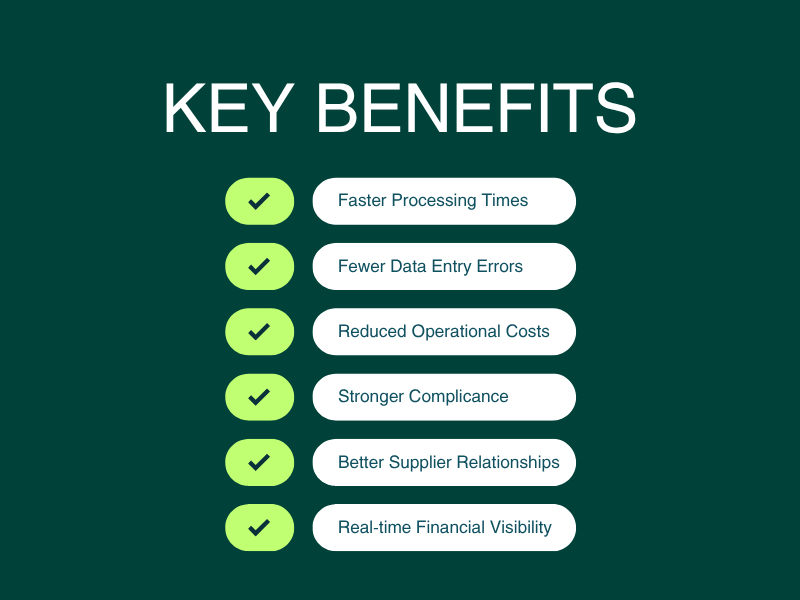
- Faster Processing Times: Invoices are processed in minutes, no matter the volume. This helps teams keep up with high workloads during peak periods such as month-end closings.
- Fewer Data Entry Errors: Using invoice OCR software, data is extracted automatically, reducing human error and improving the accuracy of financial records.
- Reduced Operational Costs: Automation allows companies to reduce manual labor and focus resources on higher-value tasks like budgeting and vendor negotiations.
- Stronger Compliance: All invoices are stored digitally, along with detailed audit trails. This supports compliance with tax laws and internal auditing requirements.
- Better Supplier Relationships: Faster processing and fewer errors lead to quicker payments. Vendors benefit from on-time payments, which builds trust and improves collaboration.
- Real-time Financial Visibility: With dashboards and real-time reporting, finance leaders can monitor cash flow, identify payment bottlenecks, and make informed decisions.
By leveraging these advantages, businesses can turn accounts payable from a cost center into a strategic asset.
Common Challenges and How to Address Them
While automated invoice processing delivers many benefits, it is important to be aware of common challenges during implementation.
- Image Quality: Poorly scanned documents or low-resolution images can affect OCR performance. Investing in high-quality scanners or using OCR tools with image enhancement features can improve results.
- Unstructured or Irregular Formats: Some invoices may contain inconsistent layouts, handwritten notes, or non-standard fields. While automated document recognition helps with many of these cases, occasional manual review may still be necessary.
- Legacy System Integration: Older ERP systems may not easily connect with modern automation platforms. In such cases, companies might need middleware or custom development to ensure smooth integration.
- Change Management: Shifting from manual to automated processes involves process redesign and team training. It is important to align stakeholders and provide clear communication during the transition.
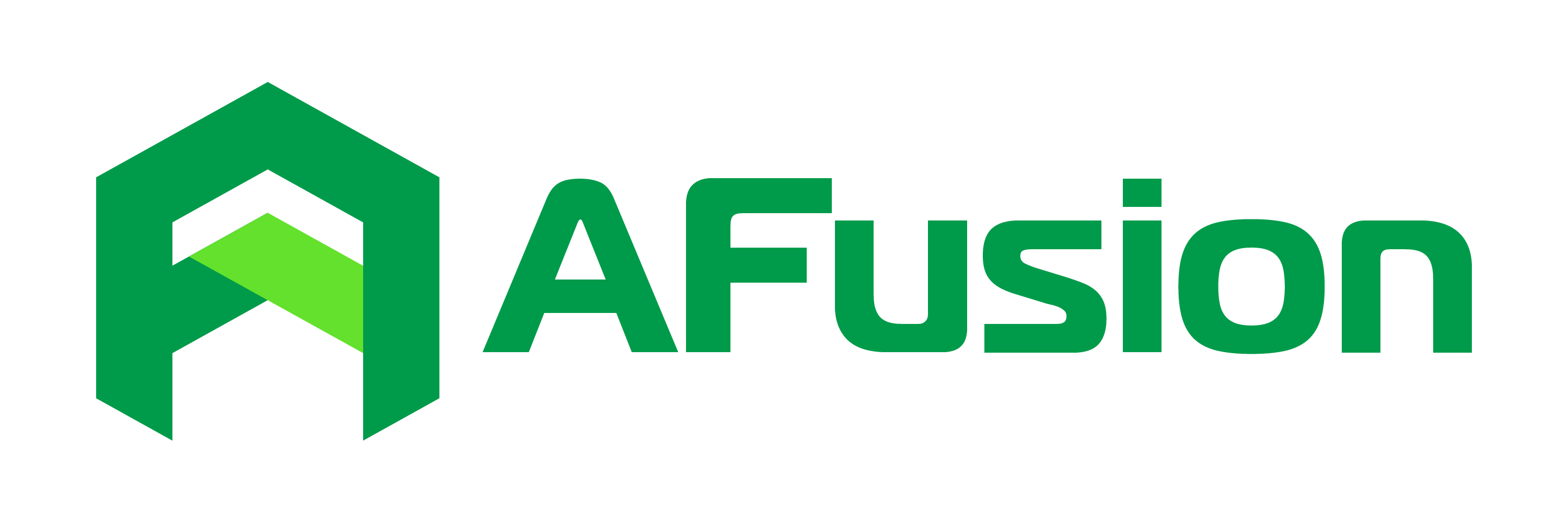


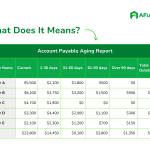 Previous Post
Previous Post Next Post
Next Post